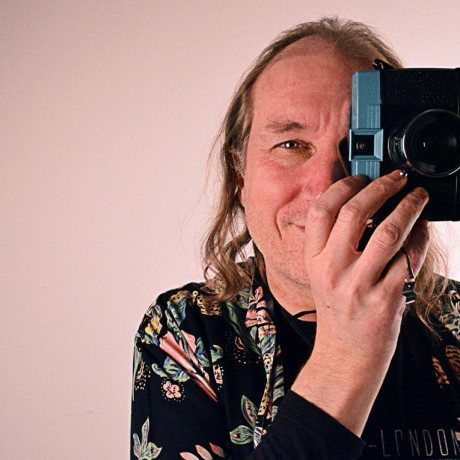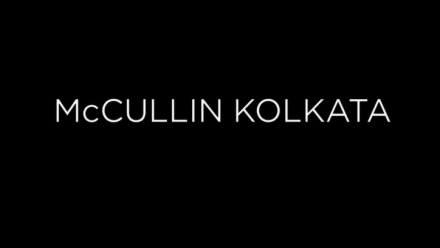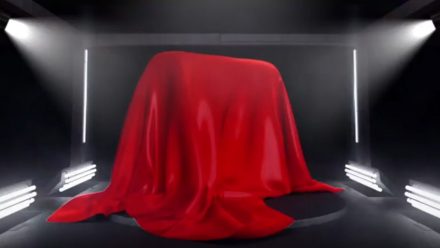Reflections on Mirrorless
Words by Chris Patmore
Photokina has now come and gone. Nikon and Canon both had major product launches beforehand, Fujifilm also announced new models, and Panasonic [Lumix] revealed it was joining the full-frame mirrorless fray.
Once upon a time, such announcements were saved for the prestigious trade fair. Mind you, there was once a time when camera manufacturers would bring out new models every two or three years, and they were exciting developments rather than what are now mostly incremental upgrades. There is no doubt that Nikon’s new Z6, Z7 and Canon’s EOS-R camera are significant releases for these two venerable camera houses, with the introduction of mirrorless full-frame bodies and new lens mounts and accompanying lenses, although judging by some reactions on the old interwebz one would think they were trying to sell tarted-up pinhole cameras as new technology.
Suddenly, Sony has become the benchmark by which new releases are measured. They do have some previous form in this. Their Walkmans were the de facto portable music device for years [until Apple brought out the iPod], and their Trinitron CRTs were viewed as the best, until the arrival of LCD screens. Less successful was their
However, we should remember that Canon and Nikon were already well-established Japanese camera makers at a time when Sony was making not much more than cheap transistor radios, that is until they grew into one of the largest consumer electrical goods manufacturers in the world, with Panasonic, another electronics giant and also a relative newcomer to the camera world. Canon and Nikon, on the other hand, stuck primarily with imaging products [including scanners and printers]. In the world of 35mm cameras for professionals they were the dominant names [along with the innovative Olympus]. With the advent of digital cameras, Canon and Nikon managed to maintain their dominance primarily because of one significant factor – lenses.
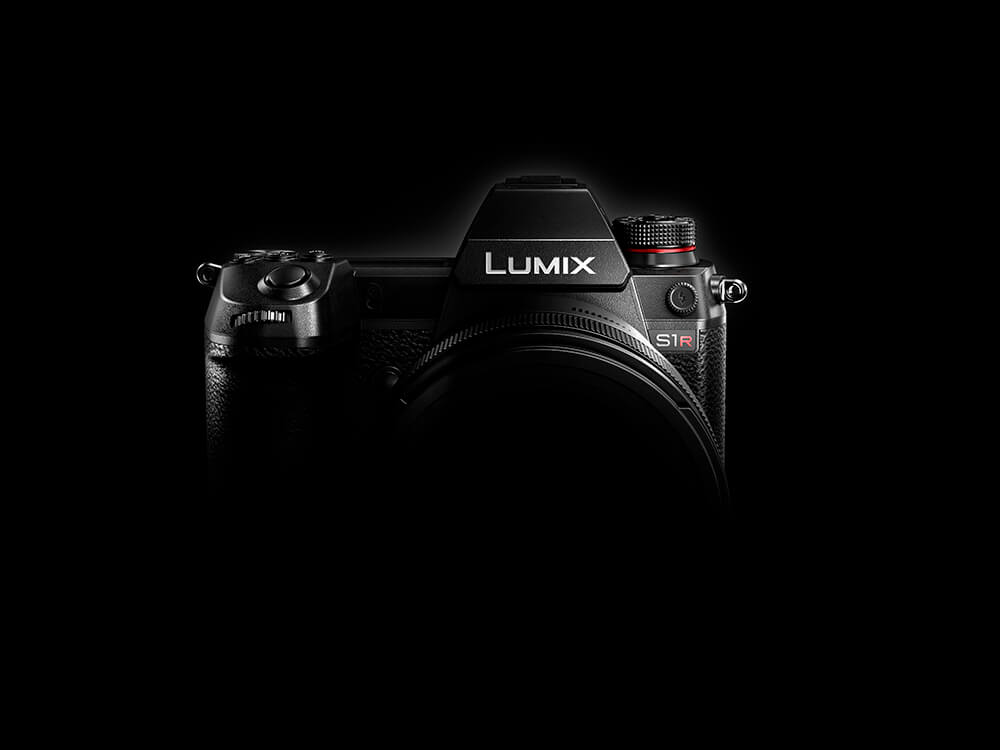
Suddenly, Sony has become the benchmark by which new releases are measured.
Back in the film days, the quality of your image was determined by the glass on the front of your camera, which was essentially a lightproof box with a shutter and lens mount. Of course, shooting films such as Kodachrome 25 [as in ASA/ISO 25] made for even crisper images, but Canon, Nikon and Olympus made outstanding lenses. With the arrival of autofocus lenses, Nikon stuck with its existing mount and Canon created the EF mount for its EOS cameras, relegating the excellent FD lenses to the drawers and attics of thousands of photographers, for them to later turn up on eBay.
With the advent of digital photography, the camera’s sensor has become almost as vital a part of the image quality as the lens. It makes sense that electronic giants such as Sony and Panasonic should be making cameras, given that they are now imaging computers, and partner with established lens makers, Zeiss and Leica respectively. The fundamentals and physics of lens design has changed very little over the decades [Cooke, the world’s most prestigious and coveted cinema lenses are still made by hand on a small industrial estate in Leicester], but sensor technology is advancing in leaps and bounds, with Sony being at the forefront, and yet these sensors have only recently been able to match [and possibly surpass] the resolution and latitude of film, although digital will never match film’s archival longevity [see
This slightly long preamble is to give a little bit of context to something that has been bugging me in recent months, with a lot of the opinions and declarations of podcast pundits, bedroom bloggers and YouTube vloggers regarding the latest camera releases, and I would like to try and bring some balance to the force of their words.
To start. All the venerable camera makers such as Canon, Nikon and Olympus as well as relative newcomers Sony and Panasonic are all major corporations with one primary directive: to drive profits. To do this successfully they need to continuously make new products that they can market and sell to consumers willing to part with their hard-earned.
With the current development cycle, the latest big, shiny new device is largely obsolete before it’s even left the factory, only to be replaced the following year by something even bigger [or smaller] and shinier. Their old film cameras worked perfectly well for years [decades, even] and, due to their mechanical construction, most of them still do and will continue to do so long after that new digital camera is taking up space in landfill. Magazines and newspapers were able to be published on a daily and weekly basis with a perfectly functioning workflow using said film. OK, it didn’t have the immediacy of today’s images posted live over the Internet, but there wasn’t the same demand for constant ephemeral content, which has extended to video as well as still images.
Canon really let the genie out of the bottle when they initially added video to the 5D MkII DSLR, mostly as a way for photojournalists and other professionals to capture moving images in the field without the need for extra gear, or another crew member. And when the Magic Lantern hack came along for the 550D there was no going back. Shooting video with a full frame/APS-C sensor and all the quality glass suddenly became an affordable alternative for impoverished indie filmmakers wanting a more ‘cinematic’ look that was not possible with video cameras that didn’t cost many thousands of pounds. It wasn’t long before all digital still cameras had HD video capabilities built in, and it seemed like digital still cameras were being bought just as much to exclusively shoot video as they were to shoot stills, despite the fact they didn’t have the form factor or any of the features filmmakers and videographers really needed, such as proper audio with XLR inputs and headphone monitoring, or decent codecs and profiles for editing and grading, the ability to follow focus, manually or automatically. The list goes on.
Do we really need such pin-sharp images every time? Focus is overrated. Some of the most iconic rock music photos are out of focus, as are manyof best-known photos throughout history, and no one rejects them because they are notpin sharp .
So as I have already said, Sony, and its A7III in
When Canon brought out the 6D Mk 2, one of the biggest complaints was that it only had 45 focus points, although up from 11 in the original model. The new model’s focus points are all cross type, which the original only had in its centre one. To me, that is a major improvement. It may not match that of the 5D Mk IV, but that costs twice as much. I use a 6D for shooting live music in some pretty dark venues [ISO 3200 is my set starting point]. At the time I bought it at the beginning of 2016 it was Canon’s best low-light camera and still continues to work really well, and I rarely feel let down by primarily using the centre focus point. My first SLR had only one focus point, my eye, which I used to manually focus with the aid of a
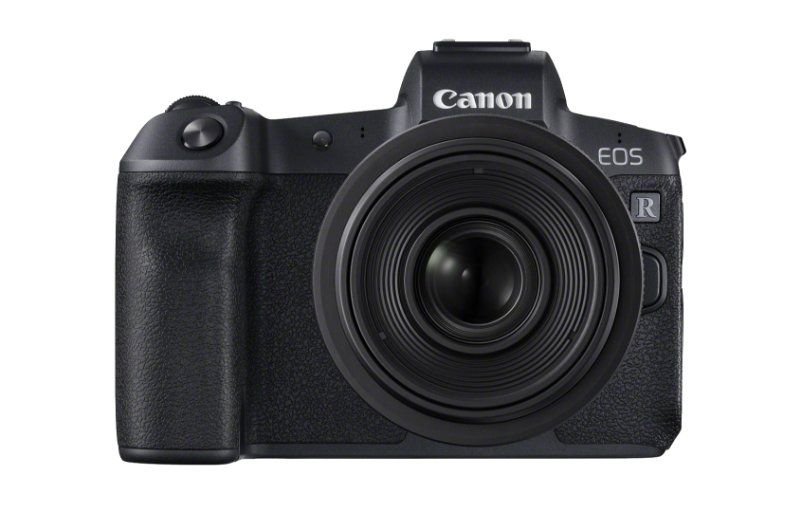
Another major complaint against the 6D Mk2 was that it didn’t have 4K video, a complaint also extended to the new EOS-R in its lack of full-frame 4K.
What is this obsession with 4K video in still cameras? Most people don’t have the computing power to edit 4K video, or are using it to shoot YouTube videos that will, in the majority, be watched on smartphones or at most laptops, without even taking into consideration that the eye/brain doesn’t even register the difference between HD and 4K at normal viewing distances. And when 4K shooting is available the complaints then extend to there not being 60fps or 120fps modes because YouTubers like to have slow-mo ‘
It seems to me that most so-called ‘expert reviewers’ are focussing on what the new cameras don’t have, which really is pointless. You need to look beyond the spec sheets and marketing bumf. Camera manufacturers and sales people will happily sell you what you want, but not necessarily what you need.
The other complaint that has been levelled at these new Canon and Nikon releases is their lack of two memory card slots, because ‘professional’ cameras need two slots. Firstly, what the hell is a ‘professional’ camera? A camera is an inanimate object. If it produces the results you want at the quality level you require and someone pays you for those photos, you are the professional, not the camera.
Conversely, just because someone owns a Canon 1D X doesn’t make them a professional photographer, it makes them someone with too much spare money to spend. Sure, it is really handy to have the two card slots for redundancy back up when shooting events that can’t be repeated [such as weddings or sports], in case of card failure, but photographers managed before. One of the main causes of card failure is from repeated reformatting or using very cheap cards. Why is a professional photographer with thousands of pounds worth of equipment, a reputation to maintain, and is being paid a substantial day rate, skimping on memory cards?
A good new 32Gb SD card is around £10. That’s about 1000 RAW files. Buy a new one for the job as a billable expense [like a roll of film], use it once, lock it as soon as it comes out of the camera and then file it away as an extra back up. It also avoids the possibility of accidentally deleting all the photos you’ve just taken [it happens], even with the added security afforded by two-card redundancy, it’s not something you really want to do
I have fairly large hands, so don’t really want anything that is too small. I also like a bit of weight in the camera as I find it much easier hold it steady, compared to lighter cameras, and IS/IBIS doesn’t really help when shooting moving subjects.
It seems to me that most of these so-called expert reviewers are focussing on what the new cameras don’t have, which really is pointless. When buying a new piece of gear you want to know what it does have and can do, but you need to look beyond the spec sheets and marketing bumf. Camera manufacturers and sales people will happily sell you what you want, but not necessarily what you need. If you’ve already invested in a system, is the cost of changing to a different brand going to significantly improve your work? And do you have the time to learn all the intricacies and foibles of the new system, especially if you are a full-time pro? For a full-time photographer, the life cycle of a digital camera these days seems to be about three years, due to the high shutter count and the technological advancements, otherwise do you really need to upgrade? Of course we’d all like to have the best and latest gear. The EOS-R sounds really tempting, but I wouldn’t want to fork out that sort of money without taking it to a few gigs and see how it feels in my hands and how it handles the terrible lighting conditions I usually shoot under. I have fairly large hands, so don’t really want anything that is too small. I also like a bit of weight in the camera as I find it much easier hold it steady, compared to lighter cameras, and IS/IBIS doesn’t really help when shooting moving subjects.
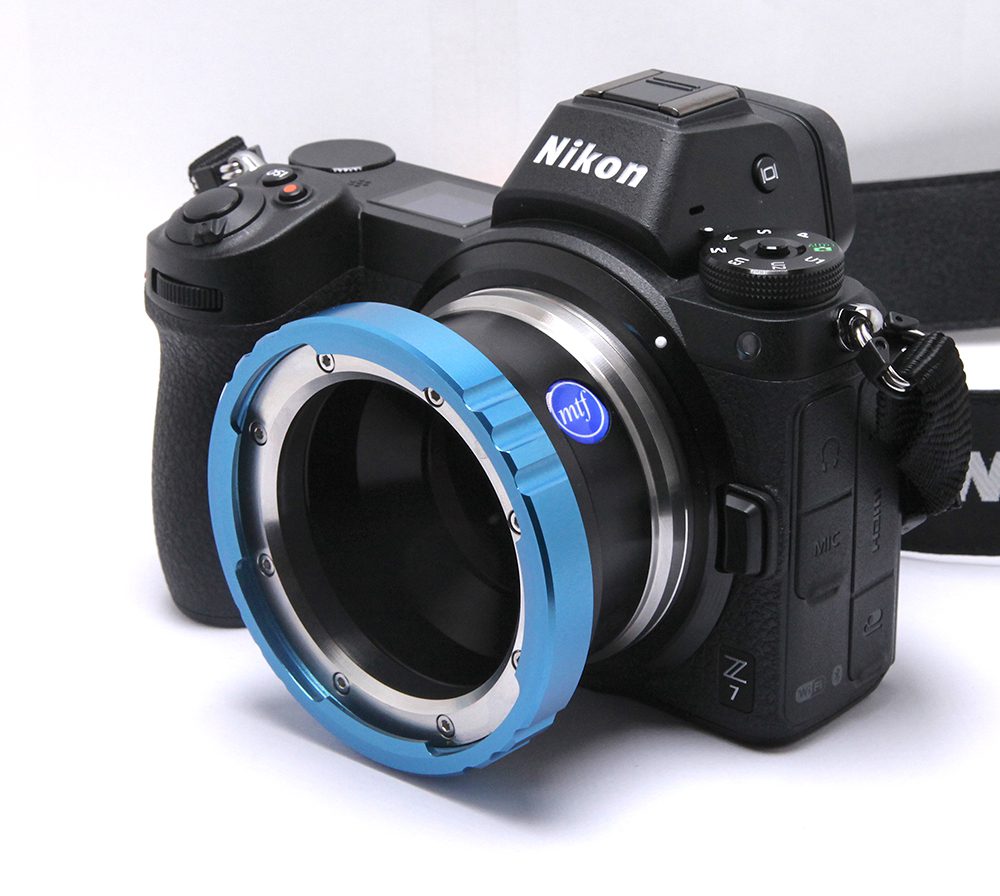
In the end, if you need a new camera it should be because:
- you don’t have one
- Your existing one has stopped working, or
- It no longer has the functions and features you need for what you want to shoot
Gear acquisition syndrome can seriously damage your photography, and camera companies are guilty of pandering to it. Don’t be tempted by their clever marketing campaigns as they will try and convince you that you need their latest toys. And don’t pay too much attention to all the critics, reviewers and so-called experts on YouTube [with their video bias] as they will only confuse the matter. All their rhetoric and complaints won’t change the features that camera has. They act like the designers and engineers at Canon and Nikon don’t know what they are doing and hadn’t considered the things the critics are complaining about. And if the critics’ perfect camera was made then they would complain it was too big, heavy and expensive.
The only things to remember when buying a camera are:
- Is it the right tool for the job?
- Does it have the features I need at an affordable price?
- Test and try before you buy. Sure you can listen to other people’s advice and opinions but you are the one who has to use it day in and day out.
Rant over, and as I said earlier, focus is overrated.

